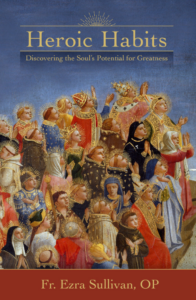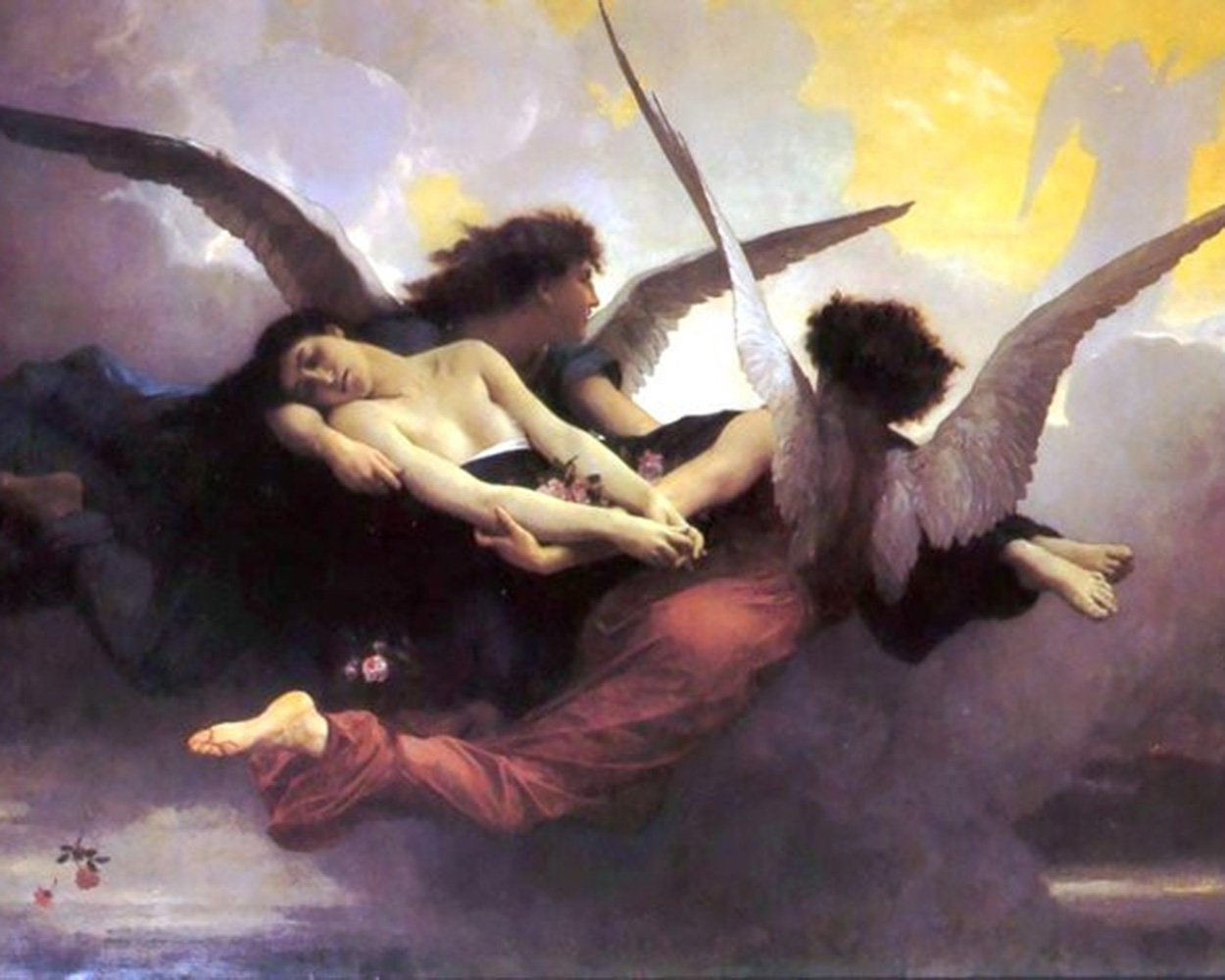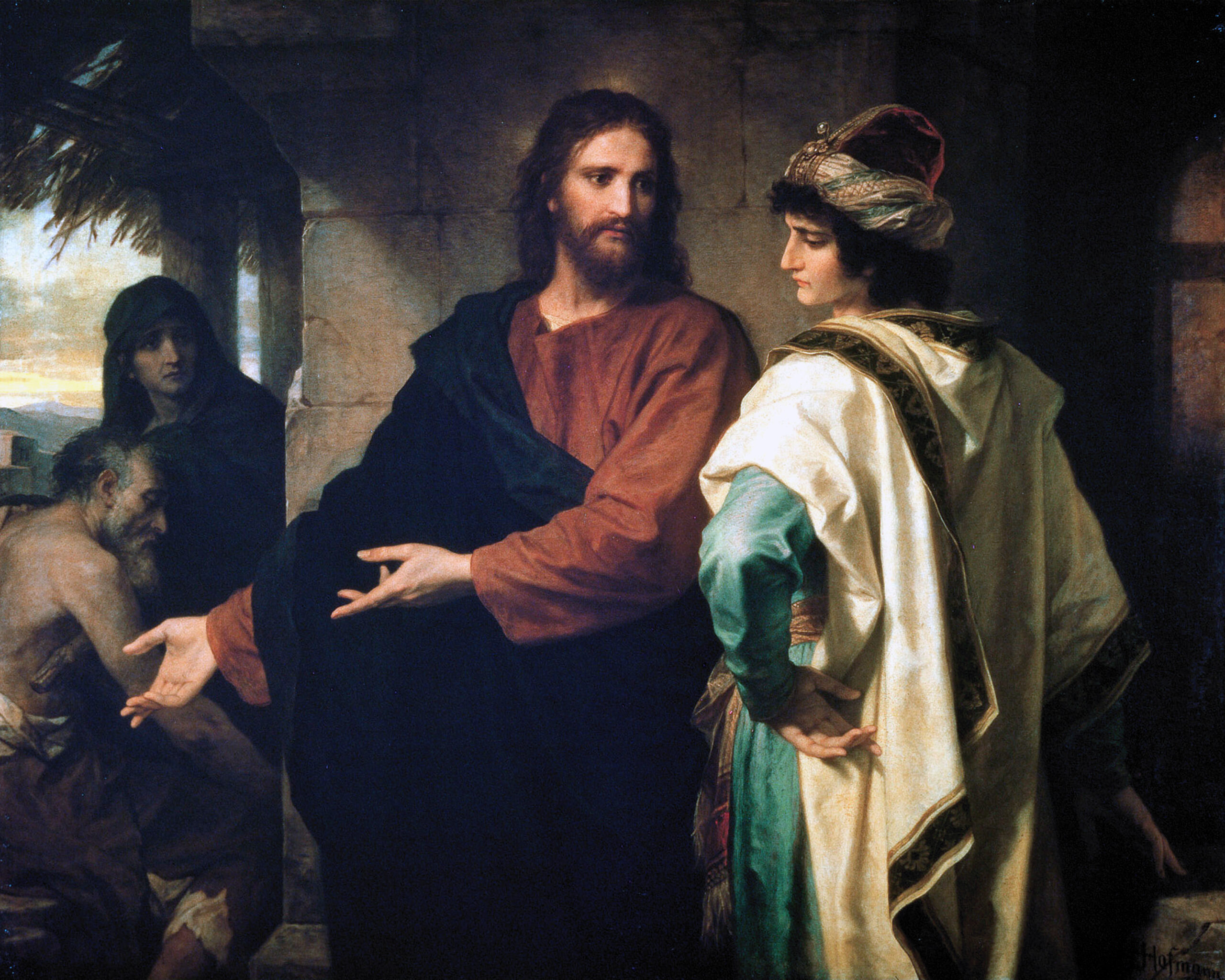To understand emotional habits for humans, we can turn to Plato. He was the first Western thinker to discuss the soul (psuché) in terms of its rational foundation (logos). In other words, he initiated the study of psychology. Plato offers a number of helpful images of the soul; here, I focus on one in his great dialogue, the Republic.
Imagine one of those grotesque creatures that legends tell us used to exist in ancient times, Plato suggests. Visualize the monsters in which many different kinds of things grow naturally into one, such as a griffin (an eagle and lion) or Pegasus (a horse with wings). Now, envisage three creatures. The first and biggest is a hydra with many heads—some gentle, some savage beasts. The second and next in size is a lion. The third is a human. Somehow fuse these three into one creature. Finally, cover them all with the skin of a human being so that anyone who looks at the thing sees only the outer covering and thinks that it is a single creature, a human. That is an image of the soul. We can interpret this three-fold image of the soul in light of Aquinas’s division of appetites.
The multi-headed hydra corresponds to the desiring (concupiscible) appetite: the many heads, and their many mouths, symbolize the many different desires we possess. Some desires are gentle like the cow, such as the desire for melodious sounds or delicious smells. Other desires are fierce, such as the desires for reproduction and honor.
The lion corresponds to the assertive (irascible) appetite. For the ancients, lions typified whatever was strong, courageous, and noble. The assertive appetite has similar qualities. It is strong because it seeks to achieve difficult goods and to overcome difficult evils; it possesses the natural emotions of hope and confidence, which aid courage; and by seeking a rectification of evil through vindication, it displays a sort of nobility.
Then there is the human. The interior aspect of the human represents the rational appetite, the will. Although the will exists somehow alongside the desiring and assertive appetites, it is the only one that looks human. This represents how the rational power—both intellect and will—is most proper to a human, that which distinguishes Adam from the beasts. Through the deliberate action of the will, the person is able to rationally choose the good and the beautiful.
Plato’s image magnificently illustrates how the different aspects of the soul can be either in conflict or in harmony with each other. By depicting the various sources of desire as separate animals, Plato shows how these desires have a sort of independence from each other. Furthermore, he shows why our interior war is unequal, and why our better reason is often the loser: the desiring appetite is larger and has powers of self-generation and shapeshifting. Just when you cut off one head of non-rational desire, another springs up in its place. Just when you think you have tamed a desire, it grows fangs and spits poison.
The assertive part, symbolized by the lion, is between the hydra and the man: sometimes we can feel angry at our lower desires, or angry at oneself for being enslaved by them. Sometimes the assertive appetite urges us to take vengeance against our desires through penance or even self-harm.
Finally, there is the human part, naturally superior, more intelligent than the other creatures, but somehow weaker. As more reasonable, it possesses the natural right and duty to rule the other parts of the soul. When it succeeds in its task, there is harmony. When it fails, emotion and disordered desire chaotically fight for precedence.
This article is taken from a chapter in Heroic Habits by Fr. Ezra Sullivan, O.P. which is available from TAN Books.









